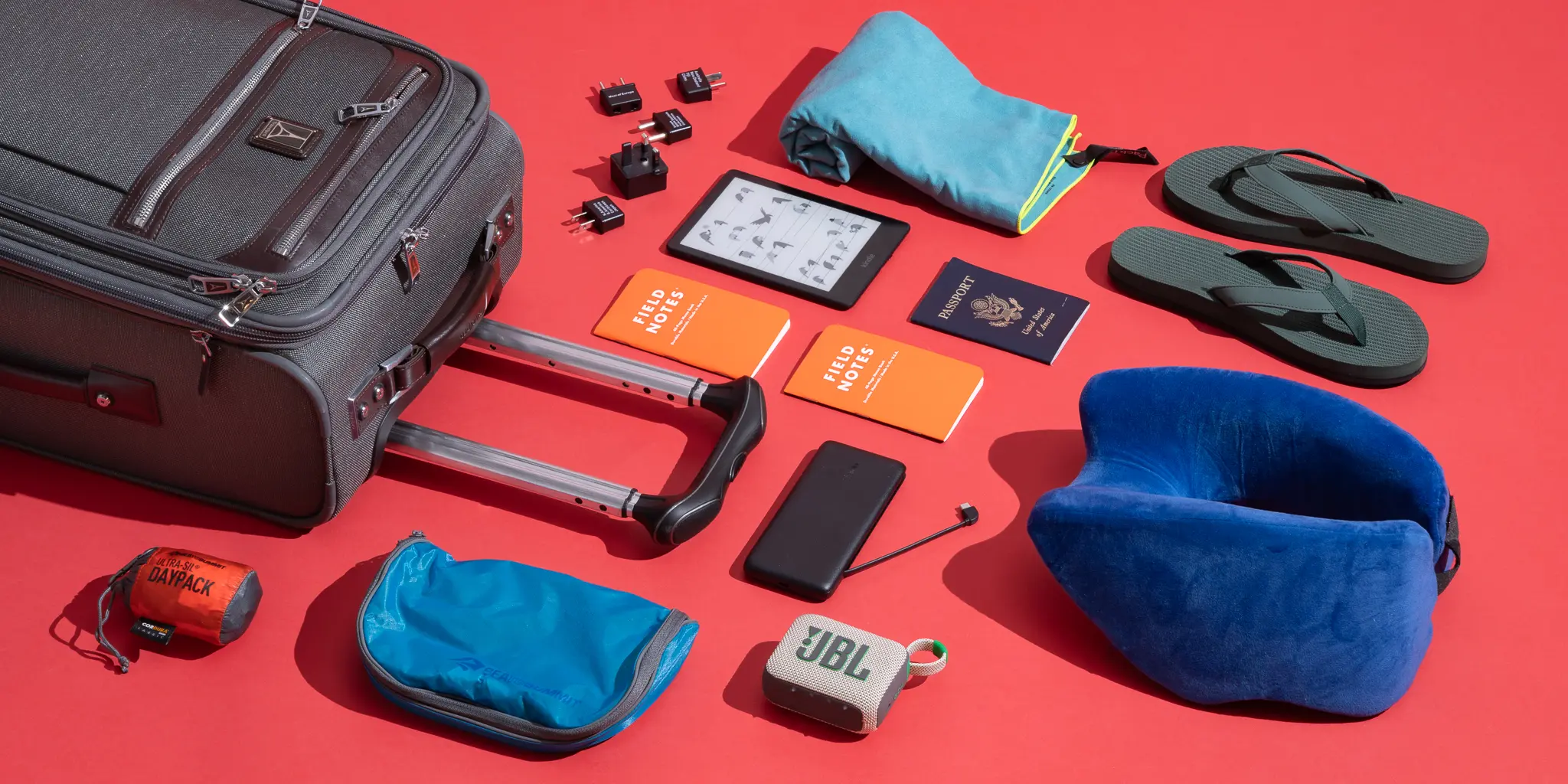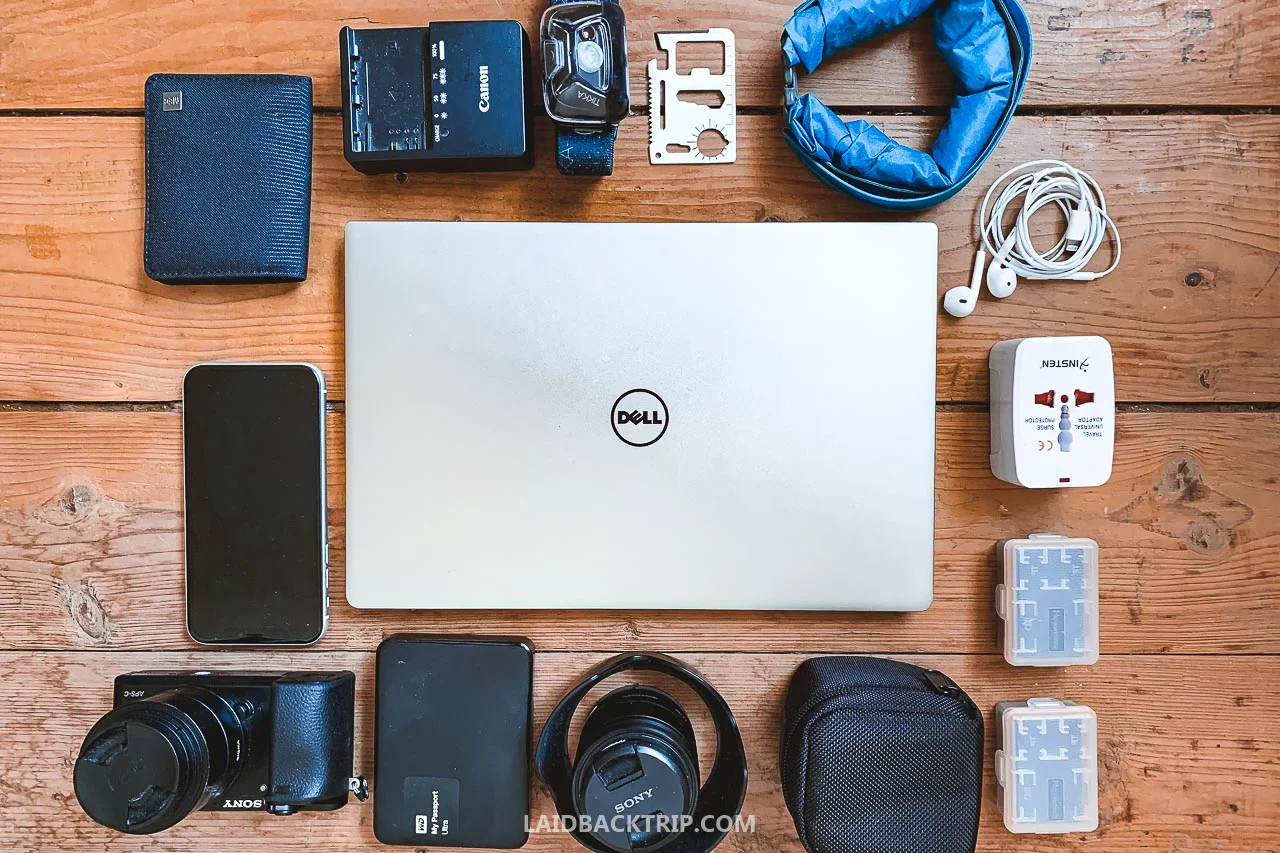
You’ve probably seen compression gear everywhere, on runners pounding the pavement, athletes hitting the gym, and even travelers navigating long flights. These sleek, tight-fitting garments are more than just a fashion statement. Compression wear has rapidly become an essential part of modern athletic gear, designed to enhance how you train and recover.
Compression technology is no longer reserved for elite professionals. Today, anyone serious about fitness or recovery can benefit from it. Whether you’re grinding through heavy sets or preparing for your next marathon, compression gear helps your muscles work better, stay protected, and recover faster. It’s time you understand how these garments function, and how they can support your performance goals.
What Is Compression Gear?
Compression wear refers to specially engineered clothing that fits snugly against your body and applies gentle, consistent pressure to targeted areas. The design isn't about restricting your movement, it’s about strategically enhancing it. This pressure promotes better blood flow, reduces swelling, and improves muscular efficiency.
You’ll find various types of compression gear tailored to different needs:
- Socks: Target lower legs, ankles, and calves.
- Leggings and tights: Offer full lower-body support.
- Arm sleeves: Enhance circulation and reduce fatigue in forearms.
- Compression tops: Provide core and upper-body support.
- Full-body suits: Used in high-intensity training and advanced recovery protocols.
Most compression garments are made from synthetic blends like spandex, nylon, or polyester. These materials provide stretch, durability, and breathability. Compression gear also uses pressure gradients, the tightest point starts farthest from the heart, encouraging upward blood flow and better circulation. That means less pooling of blood in your limbs and faster oxygen delivery to working muscles.
Performance Benefits During Exercise
When you’re pushing your body to the limit, every advantage counts. Compression gear offers you more than just a snug fit, it can actively enhance your performance in several ways.
Improved Circulation to Working Muscles
Wearing compression clothing during workouts helps boost blood flow to muscles under stress. That improved circulation brings more oxygen and nutrients to the area, which can help you perform longer with less fatigue. It also helps clear metabolic waste like carbon dioxide more efficiently.
Reduced Muscle Vibration
Muscle oscillation, or vibration, occurs naturally during exercise. But excessive shaking can lead to muscle fatigue and microtears. Compression gear helps stabilize those muscles, reducing unnecessary movement and conserving energy. This can lead to better endurance and fewer injuries over time.
Increased Proprioception and Body Awareness
Compression wear improves your proprioception, the awareness of your body in space. This feedback enhances coordination and balance. Whether you're lifting weights, sprinting, or practicing agility drills, knowing how your limbs move helps you execute with better form and confidence.
Joint Support During High-Impact Activities
Compression sleeves for knees and elbows act like added reinforcement, offering support without restricting motion. They provide just enough compression to help align the joint and reduce unnecessary stress, particularly useful in weightlifting, HIIT, or long-distance running.
Post-Workout Recovery Advantages
Performance is only part of the equation. How well you recover determines how soon you can train again, and how strong you come back. Compression wear can accelerate that recovery timeline by supporting your body after exertion.
Faster Lactic Acid Clearance
During intense exercise, your muscles produce lactic acid. Too much buildup leads to soreness and fatigue. Compression garments enhance circulation post-exercise, helping to clear lactic acid faster. This means you bounce back quicker and reduce the risk of delayed onset muscle soreness (DOMS).
Reduced Muscle Inflammation and Swelling
After tough workouts, inflammation can linger in your limbs. Compression gear applies pressure that prevents excessive fluid accumulation. This leads to less swelling, reduced discomfort, and improved mobility the following day.
Ideal for Travel and Back-to-Back Sessions
If you’re traveling for competition or have back-to-back training days, compression wear helps keep your recovery on track. Long hours of sitting restrict circulation, and compression socks or leggings counteract that, reducing the risk of stiffness and sluggish legs.
When and How to Use It?
Understanding when and how to wear compression gear helps you maximize its benefits. You can use compression clothing during workouts, after training, or even while resting, each window offers distinct advantages.
During Training
- Choose lightweight and breathable compression gear that won’t restrict movement.
- Use lower-body compression tights for running, cycling, or lower-body lifting.
- Try arm sleeves for upper-body endurance sports or strength training.
After Training
- Post-workout recovery is the best time to use full-leg or full-body compression garments.
- Keep them on for 1–2 hours after intense activity to promote muscle repair.
- Great for cooldown periods, stretching, or while commuting from the gym.
Other Ideal Situations
- Running: Improves blood return and reduces shin splints.
- Weightlifting: Offers joint stability and reduces fatigue.
- CrossFit/HIIT: Minimizes soreness after complex movements.
- Air travel or long drives: Reduces fluid retention and keeps legs active.
Choosing the Right Fit and Pressure Level
Compression wear isn’t one-size-fits-all. Finding the right fit is essential. Garments are often rated in mmHg (millimeters of mercury), a unit that measures pressure:
- 15–20 mmHg: Light compression; suitable for daily wear and travel.
- 20–30 mmHg: Moderate compression; ideal for post-workout recovery.
- 30–40 mmHg: High compression; used under medical supervision or in professional settings.
Always ensure that your compression gear fits snugly but doesn’t cut off circulation. If it feels painful or leaves deep marks, you may need a size adjustment.
Compression gear is far more than a trend, it’s a science-backed tool that delivers measurable performance and recovery benefits. From boosting circulation during your workouts to accelerating recovery afterward, it serves as a powerful ally in your training journey. If you're serious about protecting your muscles, improving endurance, or staying pain-free between sessions, incorporating compression wear into your routine can make a difference.
Whether you're chasing new PRs or simply trying to recover faster, compression technology gives you the support you need, literally. Try it during your next run, lifting session, or post-workout cooldown, and feel the difference in how your body performs and recovers.
Learn how compression gear improves circulation, reduces fatigue, and accelerates recovery. A must-read guide for athletes and fitness enthusiasts.








